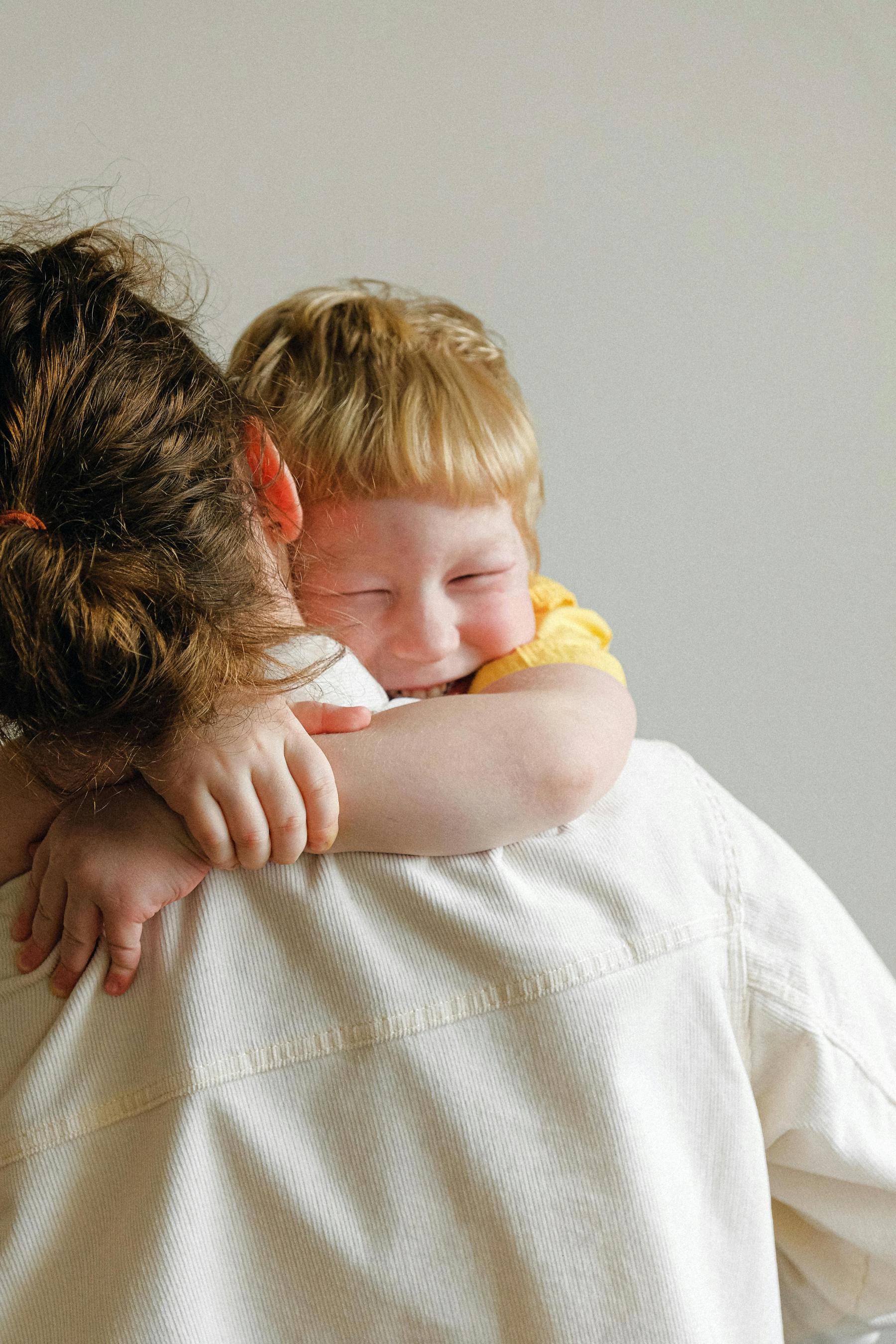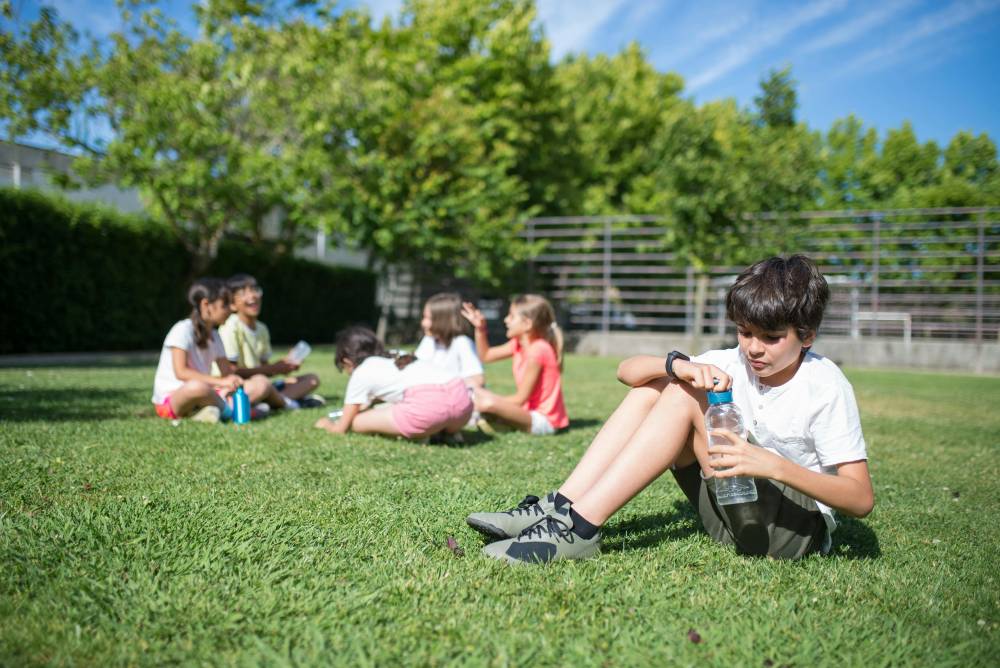Parenting is an extraordinary journey, filled with a mix of joy and challenges, especially when it comes to guiding your child's behavior. Children, like all of us, have moments of less-than-desirable behavior. The good news is that there are effective techniques for cultivating positive habits and developing a healthy parent-child relationship. In this blog, we will explore the concept of focusing on specific behavior, the art of praise, granting autonomy, and the power of gentle touches as transformative tools for creating an environment conducive to change.
Focus on a Specific Behavior
Change begins the moment we concentrate our energy on a specific behavior. Instead of dealing with a long list of concerns all at once, choose a behavior you want to address. Focusing your efforts on one behavior simplifies the path for both you and your child to have a healthy relationship. Organize it this way: if your goal is to inspire timely completion of school tasks, or gathering toys, then that should be your primary focus. This focused approach avoids overwhelming your child and increases the chances of success.
Positive and precise Praise
Positive reinforcement, like praise, is a powerful tool for reshaping behavior. However, the magic happens when you praise with intention. Instead of generic phrases like "Good job," aim for specificity, such as, "I'm very proud of how you stayed focused and finished your tasks all on your own." This precision conveys exactly which behavior you're complimenting and increases the chances of repeating good behavior.
Remember that praise not only boosts your child's self-esteem but also strengthens the desired behavior, making it more likely to recur in the future.
Autonomy in Decision-Making
Children, like adults, want to feel independent. While guidance and structure are important, it's equally crucial to grant your child a certain level of autonomy according to their age. They need to be equipped to make decisions, even within the boundaries of the behavior you're trying to change.
For example, if you're encouraging a healthier eating habit, offer choices: "Would you like apples or carrots for snacks today?" Involving them in the decision-making process promotes a sense of ownership over their choices, making it more likely for them to adopt the desired behavior willingly.
The Power of Gentle Touch
Physical touch is a profound way to express love and support. A gentle touch on the shoulder or a soothing hug can be a calming gesture that conveys your love and understanding. It's important to understand that behavior change may come with moments of frustration or anxiety for your child
Offering a gentle touch, especially after a discipline, is essential and should be present.
In Conclusion
Effective behavior change in children is an art, not a science. It's about finding the right balance and using a combination of strategic techniques. When you focus on a specific behavior, offer specific praise, and a gentle touch, you're not just shaping your child's behavior but also strengthening the bond between you. Remember, patience and consistency are the foundations of this discipline. Change doesn't happen instantly, and setbacks are part of the process. By applying these techniques, you will see improvements in your child's behavior, and be sure that praises happen with enthusiasm and at the earliest moments when the desired behavior occurs.








